By Carrie Strohl, UC Master Gardener of Napa County
Gardening has always been a great way to grow food, connect with nature and stay physically active, and these benefits are no different for children. Nonetheless, kids don't have the same abilities and attention span as adults, so keep the following tips in mind if you're gardening with young people or designing a garden for them.
Remember that kids are not adults! This is the most important takeaway from the book Gardening with Emma, Grow and Have Fun: A Kid-to-Kid Guide (Storey, 2019). The author, Emma Biggs, is just 13 years old. In this book, she confidently compares the features that adults value in a garden with the ways kids prefer to interact.
Whereas adults mostly want their gardens to look nice for other adults, kids want to “paint themselves with mud” and “pick unripe fruit.” Children will feel invited to engage and explore if the garden offers features that align with their perspectives. Three simple tips from Emma are: plant the right plants, do fun projects, and make spaces to play.
Kids of all ages love flowers. I could make an A-to-Z list of flowering plants, but let's just start with the ABCs: alyssum (Lobularia maritima), borage (Borago officinalis) and calendula (Calendula officinalis).
These three cool-season annual crops are all self-sowing; they drop seeds that produce plants the following year. Alyssum is a low-growing spreader with small white and purple flowers. Borage makes a blue-purple star-shaped flower, and its fuzzy leaves smell like cucumber. Calendula, a relative of sunflowers, makes orange and yellow daisy-like flowers with C-shaped seeds. Edible crops to plant in a children's garden alongside these three flowering plants include beans, peas, carrots, potatoes, popcorn and pumpkins, as well as annual herbs like basil and chives.
Kids love many perennial plants, too. Plants with common names related to animals come to mind, such as lamb's ear (Stachys byzantina), kangaroo paw (Anigozanthos manglesii) and lion's tail (Leonotis leonurus). All these plants have interesting form and foliage.
Sages of all types are easy to grow, but pineapple sage (Salvia elegans) or Jerusalem sage (Phlomis fruticosa) is a must-have for its scented leaves or nectar-filled flowers.
No matter which plants you choose for your children's garden, make sure they are safe, neither poisonous nor too prickly.
Perennial herbs such as lavender and rosemary can be used for projects like making lavender wands or rosemary cuttings. Re-use or re-purpose boxes, bottles and scraps of wood to create bird feeders, bug hotels and bee houses. These structures and other play areas are inviting to children.
A team of Master Gardeners has been keeping these ideas and design tips in mind lately because we hope to transform a 2,500-square-foot lawn into an interactive learning space for our community's youngest gardeners. As part of a larger collaboration between UC Master Gardeners of Napa County and the City of Napa Parks and Recreation, we are hopeful that theLas Flores Learning Garden (http://napamg.ucanr.edu/DemoGarden/) will include drought-tolerant plantings, food gardening and a dedicated children's area.
Drawing on our kid-tested or teacher-approved experience to refine our vision, the team keeps the end user in mind. Not only are we considering how children's needs differ from our adult ideas, but we are also trying to identify which children might use the space and how.
We've made a list of the most common features of children's gardens, inspired by botanical gardens and living museums we've visited, as well as from online photo galleries. We also ask the kids directly. Among the features they tell us they like: messy paths, interesting edible plants, a living wall, vines, places to sit, a fairy garden and succulents.
Although children are not the primary audience for the community work that UC Master Gardeners do (most horticultural research is a bit too advanced for youngsters), we do have access to substantial research on engaging children in outdoor spaces. We regularly consult these well-respected resources, including KidsGardening (https://bit.ly/3jjPlAI) which has a step-by-step design guide and numerous other resources.
You, too, can design a garden for children, whether it be in a backyard, at a daycare center or preschool, or in a public or private school setting. You can also keep up with our progress for the Las Flores Learning Garden on Napa. Visit usat: http://napamg.ucanr.edu/DemoGarden/.
Food Growing Forum: Napa CountyMaster Gardeners will present a discussion of “Pests in the Summer Garden” on Sunday, July 11, from 3 p.m. to 4 p.m., via Zoom. Register here to receive the Zoom link: http://ucanr.edu/2021FoodForumJuly
Free Guided Tree Walk: Join Master Gardeners of Napa County for a tree walk in Fuller Park in Napa on Tuesday, July 13, from 10 a.m. to noon. Limited to 12 people per walk. COVID safety protocols will be followed. You will be asked health questions and asked to sign in. Face masks and social distancing are required. Register here.
Workshop: Napa County Master Gardeners will conduct a workshop on “The Art of Growing Succulents” on Saturday, July 17, from 10 a.m to noon, via Zoom. Learn how to care for these unique, colorful and unthirsty members of the plant community. Reserve here: http://ucanr.edu/2021SucculentsJuly
Got Garden Questions? Contact our Help Desk. The team is working remotely so please submit your questions through our diagnosis form, sending any photos to mastergardeners@countyofnapa.org or leave a detailed message at 707- 253-4143. A Master Gardener will get back to you by phone or email.
For more information visit http://napamg.ucanr.edu or find us on Facebook or Instagram, UC Master Gardeners of Napa County.
Attached Images:
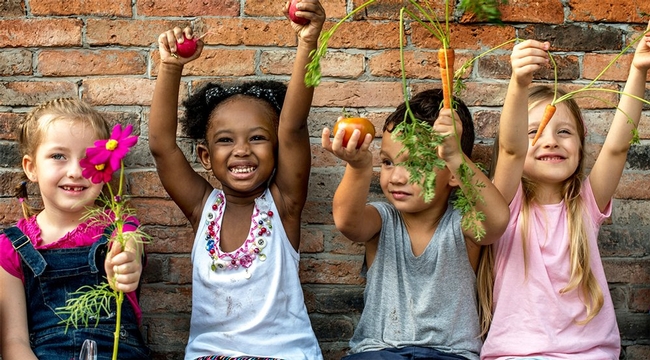
Gardening with kids. (outdoorfamiliesonline.com)
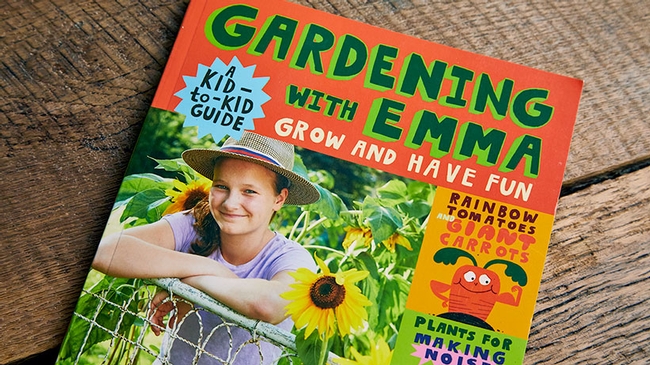
Gardening with Emma. (gardengatemagazine.com)
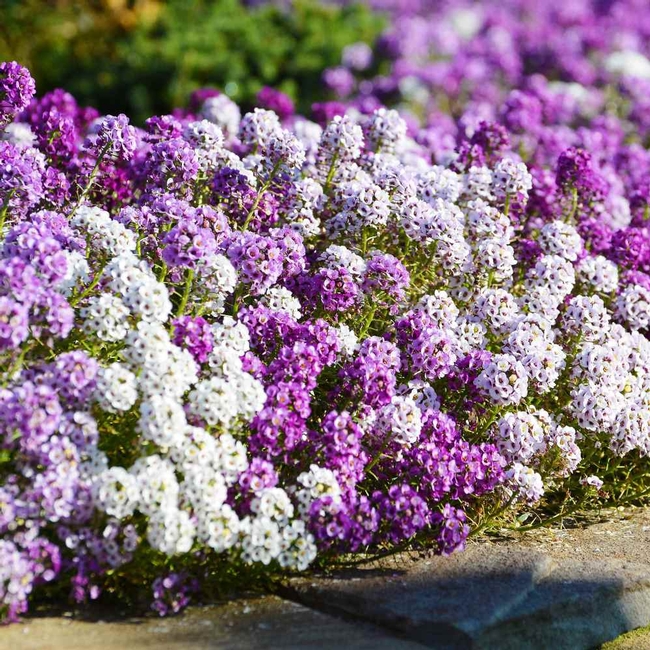
A is for alyssum. (outsidepride.com)
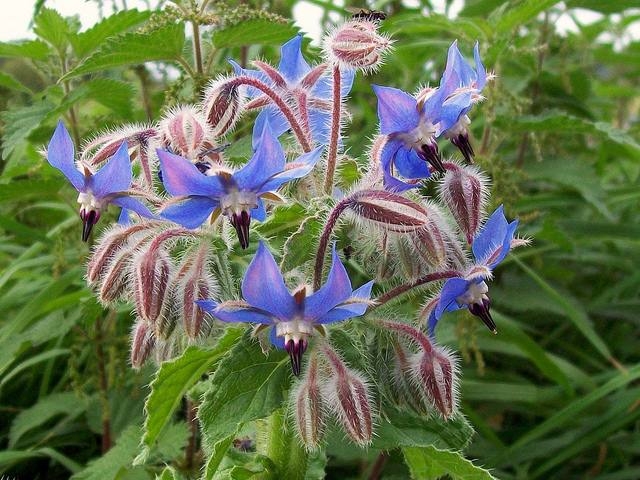
B is for borage. (kiwimana.co.nz)
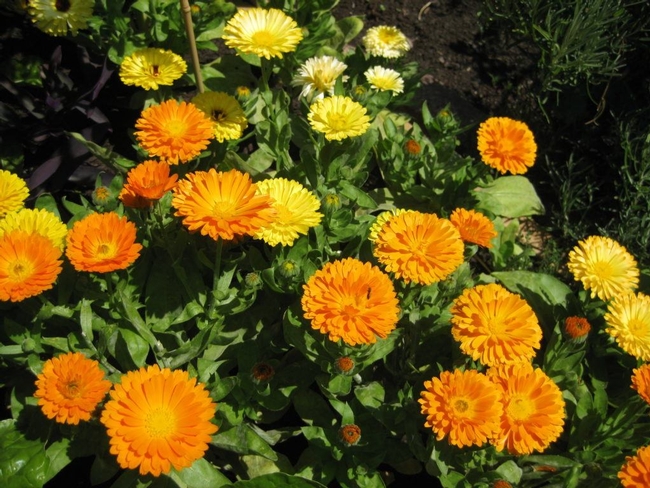
C is for calendua. (rotarybotanicalgardens.org)
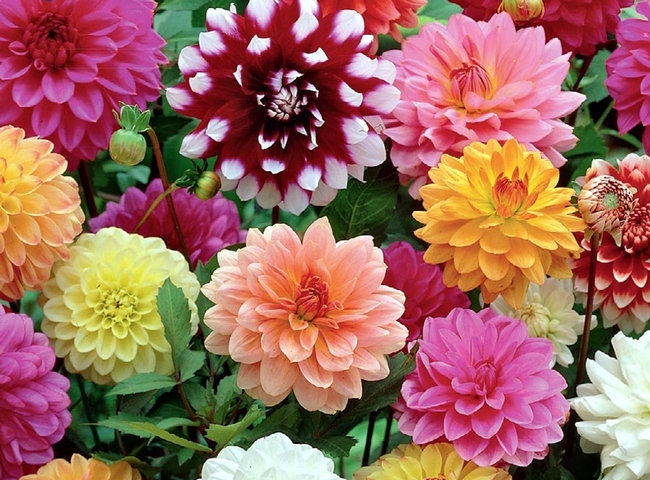
D is for dahlia. (hunnifordgardens.com)
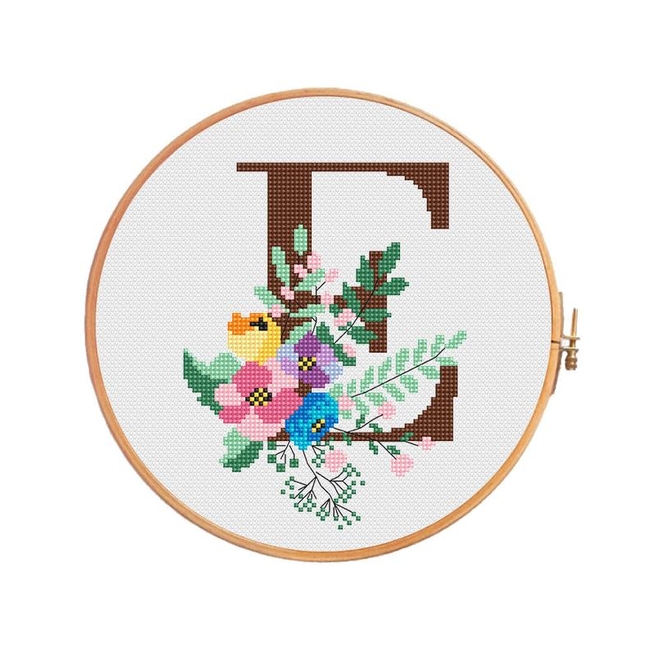
E is for. . . . . you to imagine. (etsy.com)
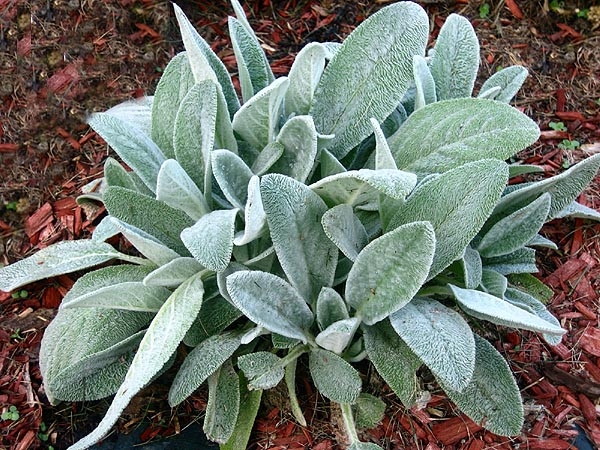
Lamb's ear. (floralencounters.com)
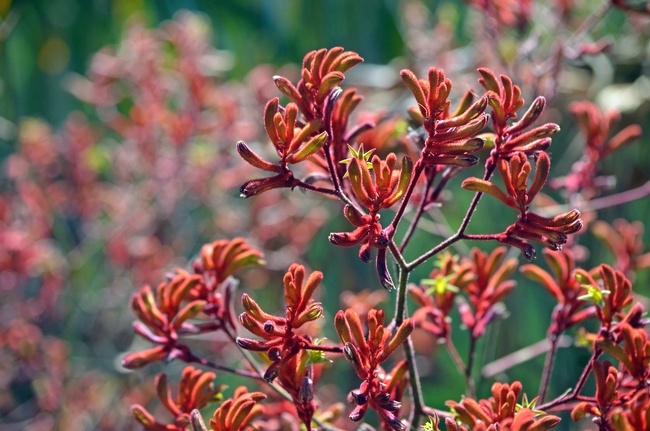
Kangaroo paw. (redslandscaping.com.au)
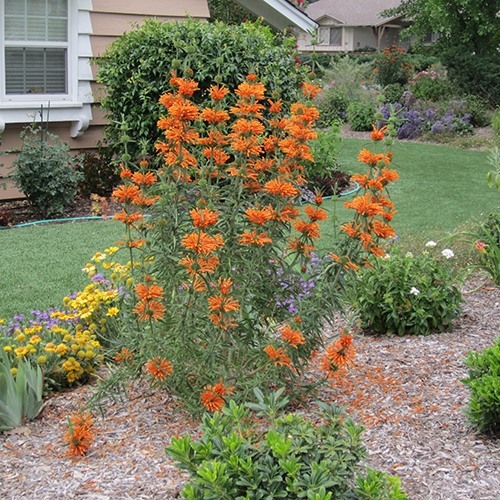
Lion's tail . (budgetplants.com)
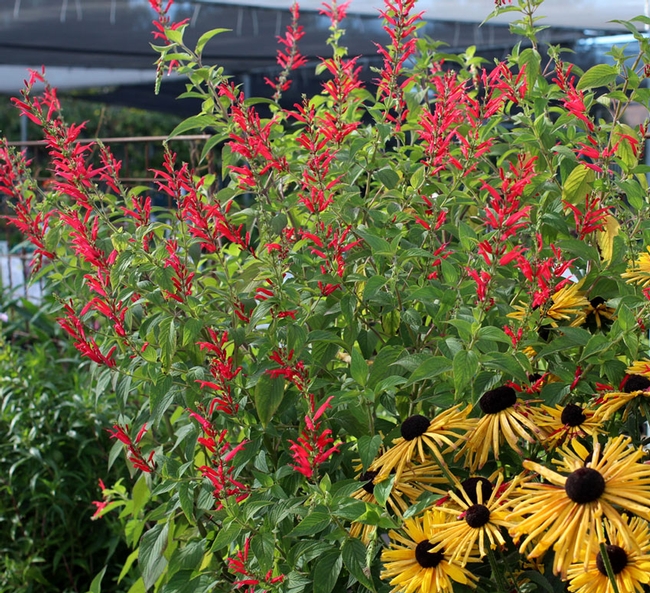
Pineapple sage. (anniesannuals.com)
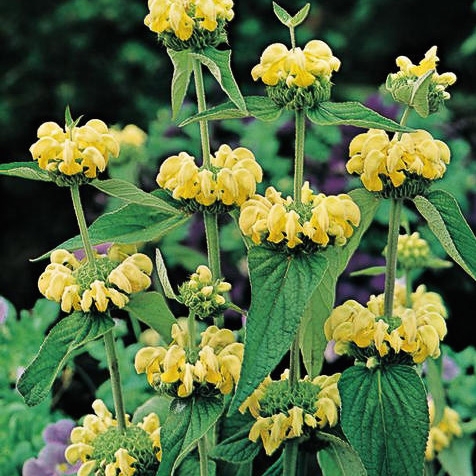
Jerusalem sage. (swallowtailgardenseeds.com)

Lavender wands. (youtube.com)
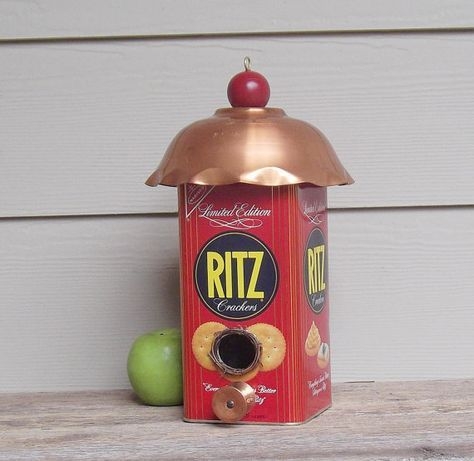
Repurpose materials. (br.pinterest.com)
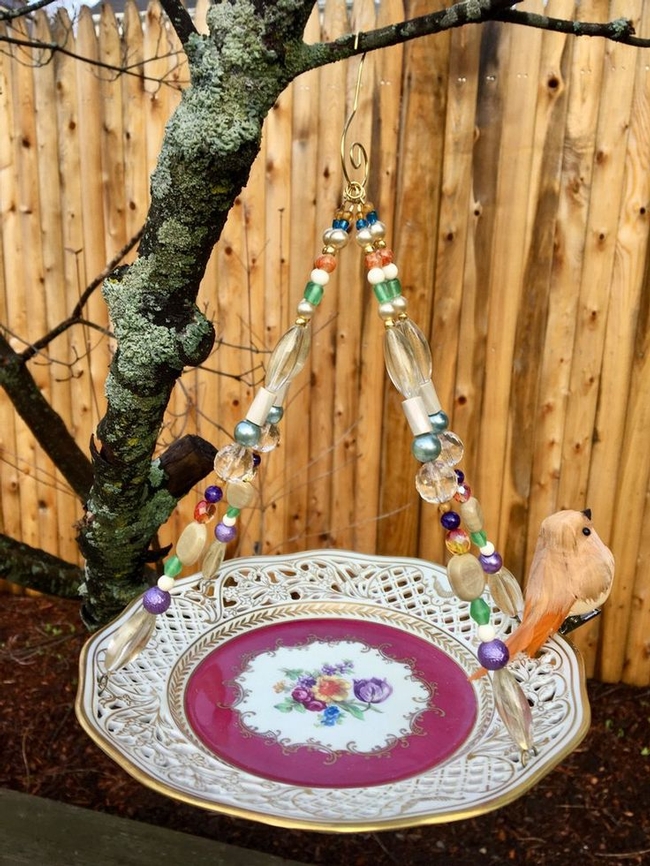
Repurposing discards . . . (nl.pinterest.com)
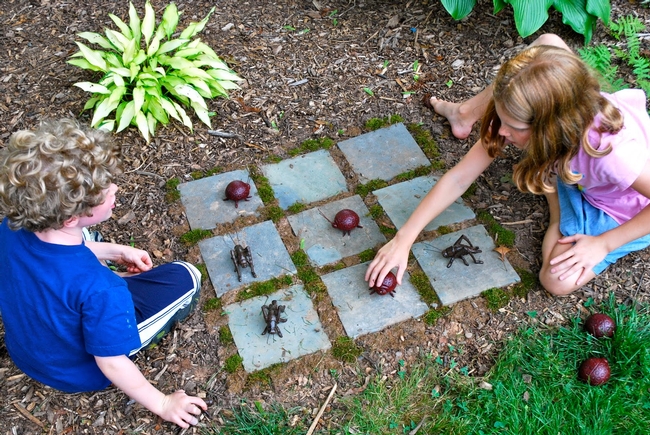
Fun in the garden. (wonderfuldiy.com)